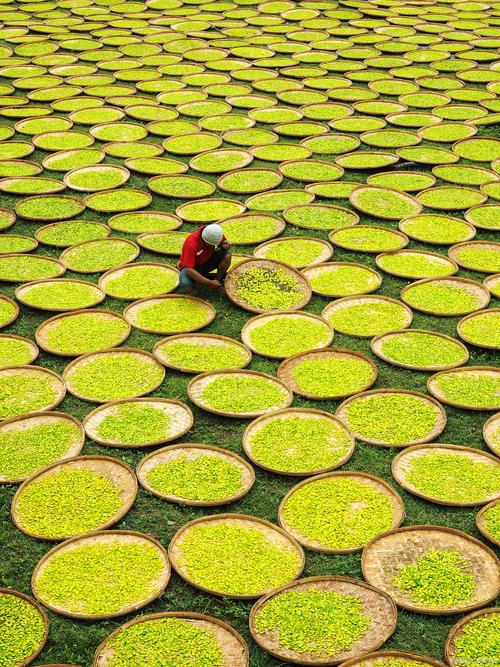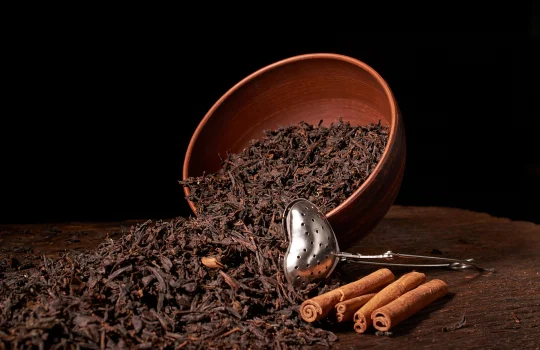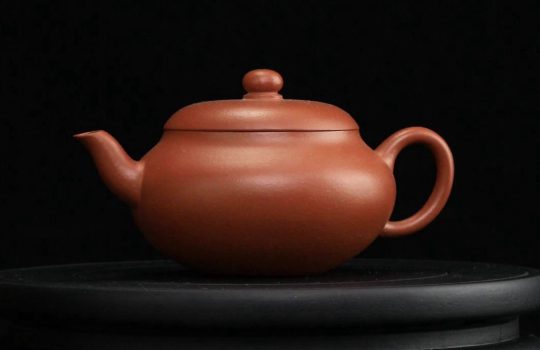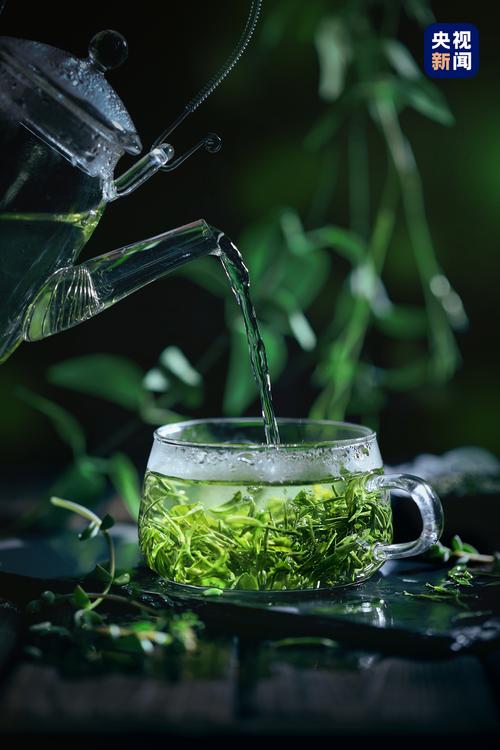The so-called withering refers to the process of tea leaves dissipating moisture before withering. Fresh tea leaves lose some moisture, and during the process of moisture loss, the leaf pores are fully opened, allowing oxygen from the air to enter the leaf pores. Under certain temperature conditions, oxygen undergoes a chemical reaction with the components in the leaf cells, which is fermentation. Withering is a necessary prerequisite for fermentation.
Fresh leaves that have just been picked have a moisture content of 75% to 80%. When fresh leaves are picked, they should be immediately spread out and dried to avoid stacking. Some Yunnan Pu’er tea production often shows the phenomenon of red leaves at the bottom, which is related to improper stacking. If you want to avoid similar situations, you can keep fresh leaves at an appropriate temperature and humidity, adjust according to the local climate at that time, and let them wither for 8-10 hours.
The withering time and method depend on the picking time, season, climate, freshness of fresh leaves, manufacturer facilities and concepts. According to the method and sequence, traditional withering methods include sunlight withering (sun exposure), indoor natural withering (air drying), and compound withering that uses both methods. Nowadays, manually controlled semi mechanized withering equipment is also used for withering troughs.
Sunlight withering accelerates the dissipation of leaf moisture through the heat energy of the sun, while indoor withering not only allows the leaf moisture to slowly and continuously dissipate indoors, but also involves stirring to promote tea fermentation. Therefore, the main purpose of the early stage of withering is to quickly dissipate the moisture of tea leaves, which can trigger tea fermentation. The main purpose of the later stage of withering is to adjust the degree of tea fermentation through stirring, and to enhance the aroma and taste of tea leaves.
Therefore, tea can be classified into withered tea and non withered tea. Generally, green tea does not wither or ferment; Yellow tea does not wither or ferment, but after withering, it becomes yellow and undergoes additional fermentation; Black tea does not wither and undergoes post fermentation; White tea is heavily withered and not fermented; Green tea is fermented from the withered part.
The main purpose of withering is to reduce the moisture content of fresh leaves and branches, and promote complex chemical changes in enzymes. The chemical reactions generated during withering and fermentation processes involve a wide range and are absolutely related to the aroma, taste, and color of tea leaves. Normal and effective withering can cause the green grass aroma of fresh leaves to fade and produce a fragrant scent, while also having a fruity or floral aroma. The resulting tea has a rich and mellow taste without bitterness. Withering requires suitable conditions such as temperature, humidity, and air circulation. The first process in the production of white tea, black tea, green tea and other types of tea in our country is withering, but the degree varies. Green tea has the lightest degree of withering and requires a moisture content of 68% to 70%; The withering degree of black tea is secondary, and the moisture content drops to around 60%; White tea has the heaviest degree of withering, and the moisture content of fresh leaves should be reduced to below 40%.




